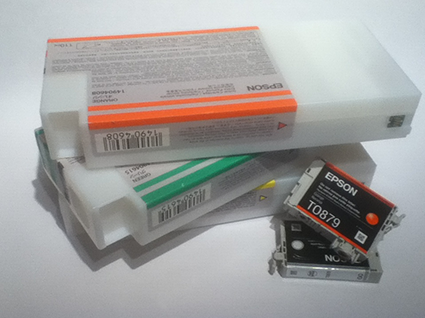Green Action – Limit Your Use of Antibacterial Soaps

Be more green!
You can make a difference today!
Make many small changes to make one big change!
And you’ll save a lot!
Take action now!
Here’s one idea.
Try Limiting Your Use of Antibacterial Soaps
We are heading in the holiday season which comes “hand in hand” with the cold and flu season. We have all been told to sneeze into our sleeves and wash our hands often to keep the germs at bay. There is a whole industry built on keeping people safe and germ free. Consumers in the United States spend almost $1 billion per year on “antibacterial” soaps and other products, often believing these products will protect their families from harmful germs and illnesses. So one would think, with all these special wipes and soaps we should be protected. Recently, new research has some scientists concerned that we might be harming ourselves as well as endangering our environment by using these antibacterial soaps.
Let’s look at the facts. Most of us use these products to prevent cold and flu viruses. When actually these antibacterial products kill bacteria, not viruses. These soaps are made up of two major antimicrobial’s, Triclosan, and Triclocarban. These antibiotics soaps and wipes were originally created in the 1960’s for use before surgical procedures. They were commercialized in the 1980’s, and by 2001 over 76 percent of liquid hand soaps contained these chemicals. Most scientific research has proven that the over-use of these chemicals can reduce the overall effectiveness of antibiotics. The more we use these chemicals the more resistant they become to bacteria, the more difficult it becomes for us to fight off disease.
When we wash our hand these chemicals are absorbed into our skin and contaminate our blood and urine. One study found that 97 percent of all US women showed levels of triclosan in their breast milk. According to data from the Centers for Disease Control and Prevention (CDC), levels of triclosan in humans have increased by an average of 50 percent since 2004. Initial studies found that human blood levels of triclocarban spiked after using soaps containing the chemical.
The effect of these chemicals does not end after we wash our hands. Most of these product are washed down the drain thru urine or waste water during washing. Triclosan is one of the most frequently detected chemicals in streams across the U.S. It has even been found in the bodies of wild bottlenose dolphins. Both triclosan and triclocarbon are found at high concentrations in treated sewage sludge (also known as biosolids) that is often applied to agricultural fields as fertilizer. Because triclosan has been shown to accumulate in earthworms living in these fields, there are concerns about these chemicals also moving into plants and wildlife. In 2002, the USGS published a landmark study showed 80 percent of 139 streams sampled from across 30 U.S. states were found to contain measurable levels of organic wastewater contaminants. Triclosan has also been found to inhibit photo-synthesis in diatom algae. These algae are responsible for a large part of the photosynthesis on Earth.
While we know very little about the other long term effects of these chemicals that we are using, what we do know is that these chemicals may not help us or our environment stay healthier.
There are alternatives, many are organic and far less harmful to us and our environment.
What can we do to limit our use of these chemicals?
1) Wash your hands carefully and more frequently with natural soaps.
2) Use organic products that contain olive oil, honey, and candula oil.
3) Stay away from products that contain harsh ingredients ie: chlorine, ammonia or glycol ether.
In general, be careful of not only what you put on/in your body but also of what you wash down the drain or put in landfills.
Find more resources that will help you take action now here.
Find environmental organizations to support here.




















